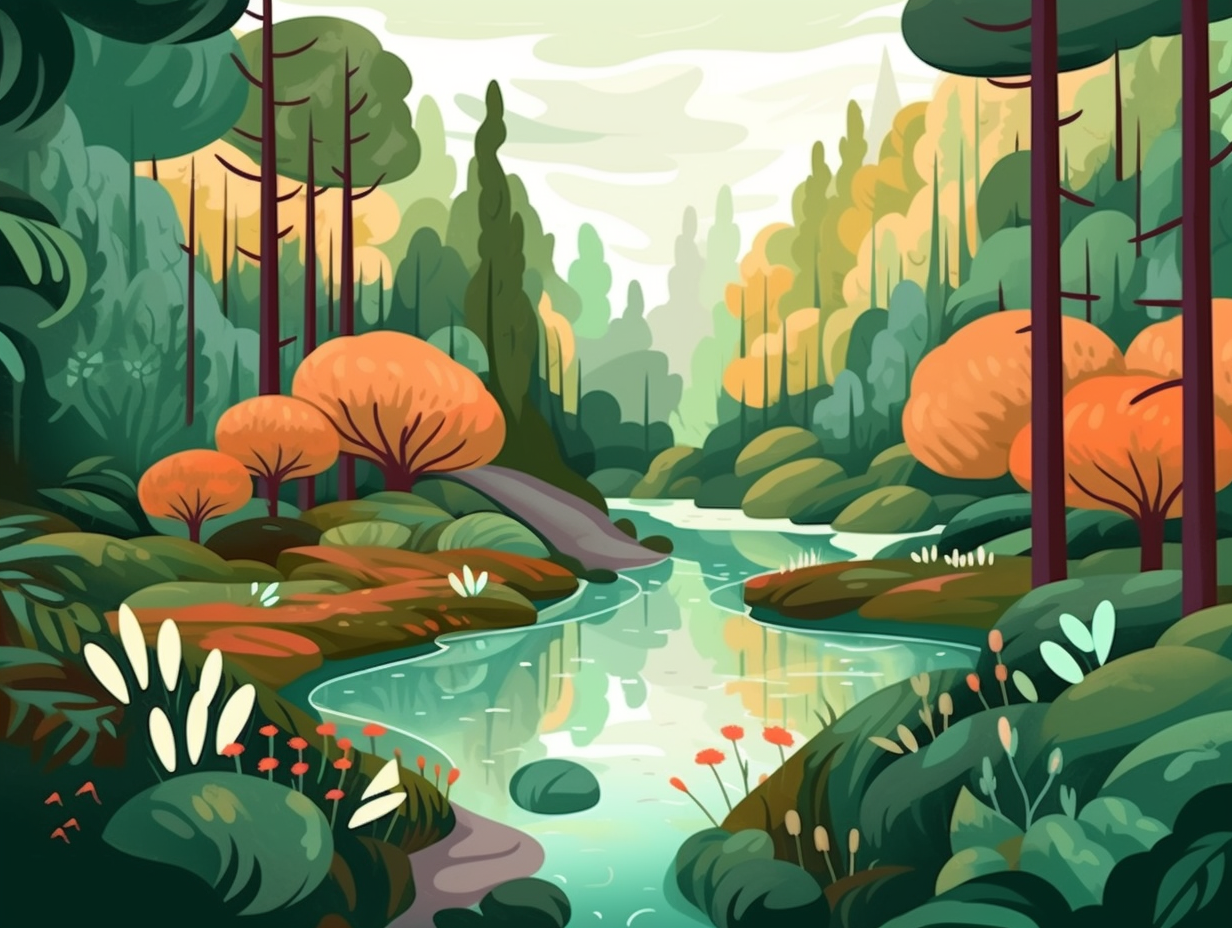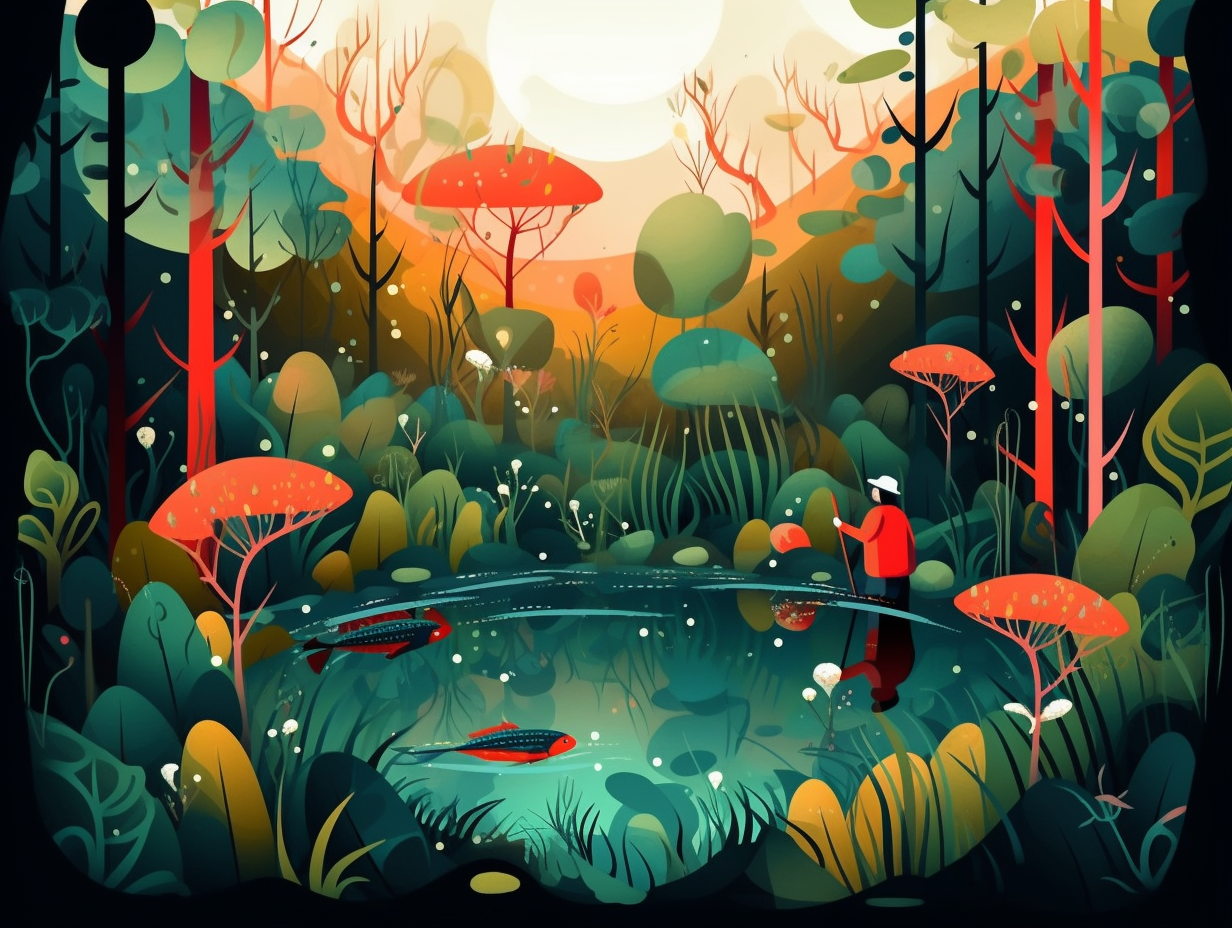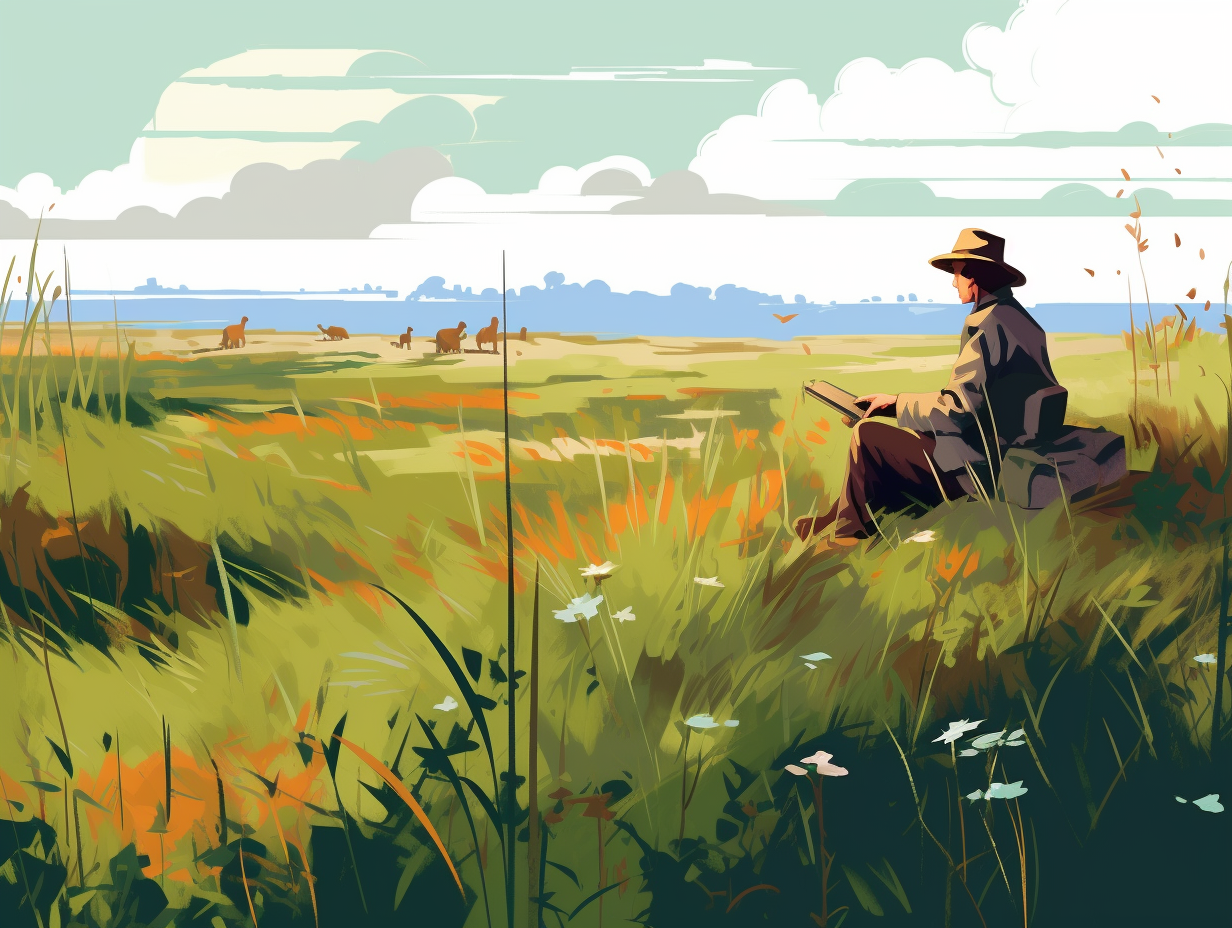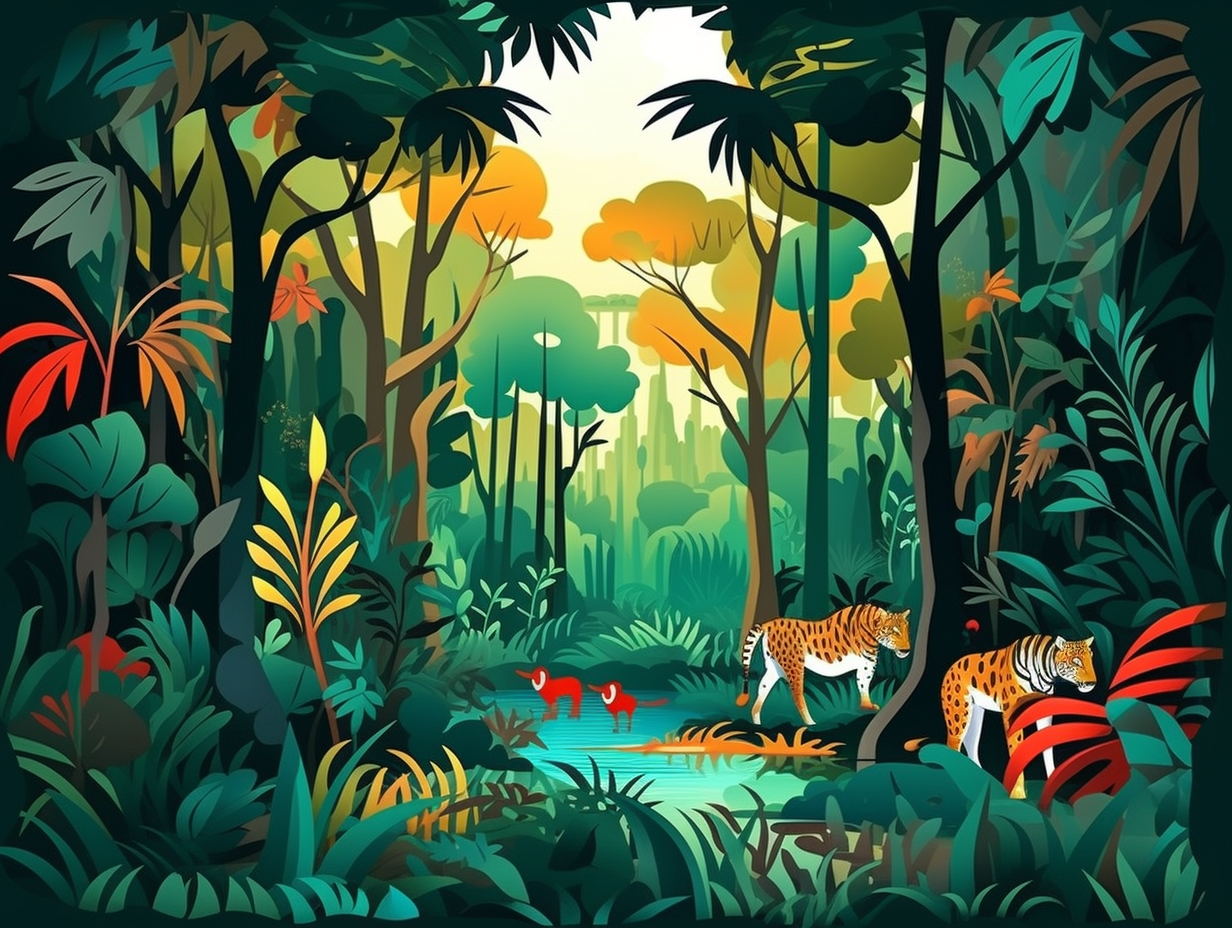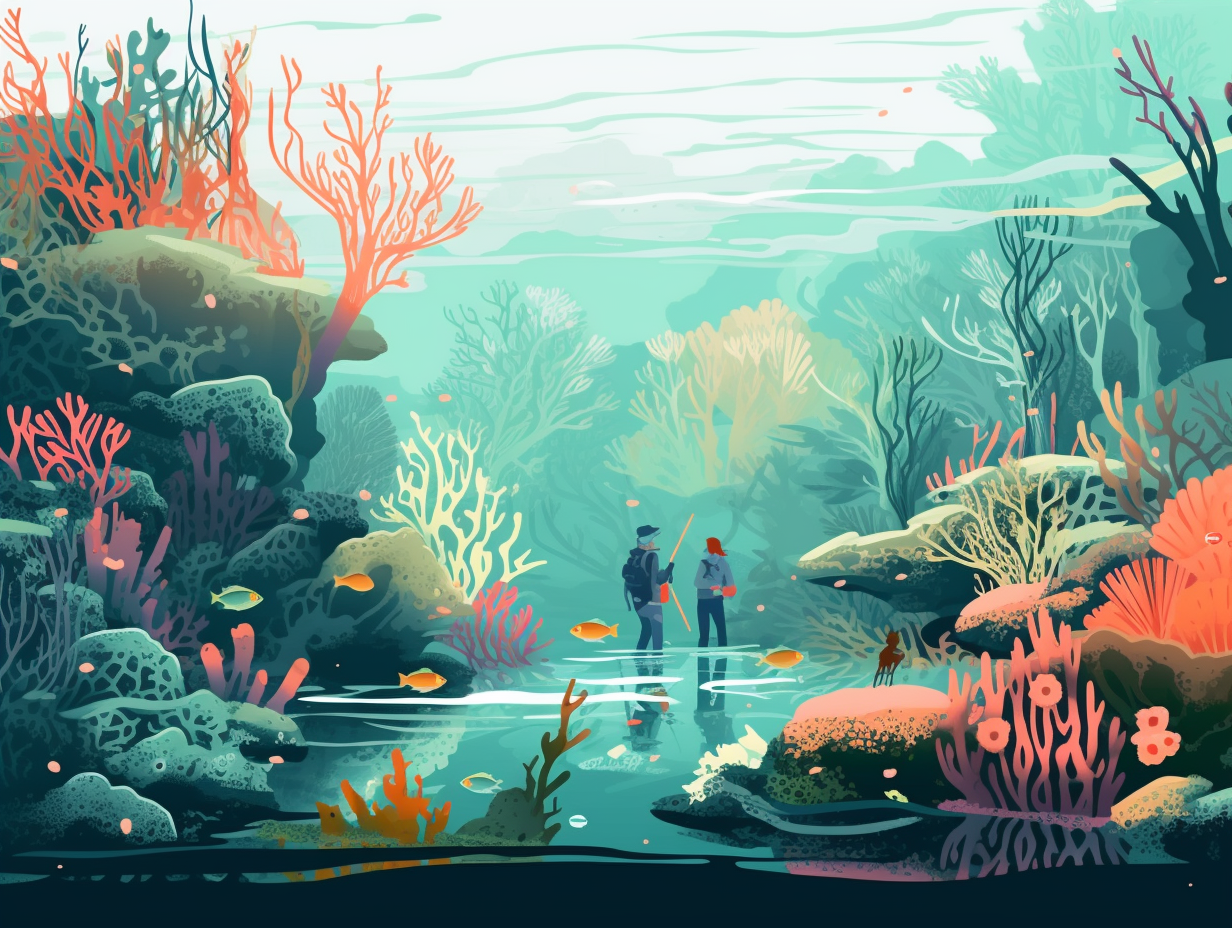Discover the Magic: Top 9 Amazing Fun Facts About Coniferous Forests
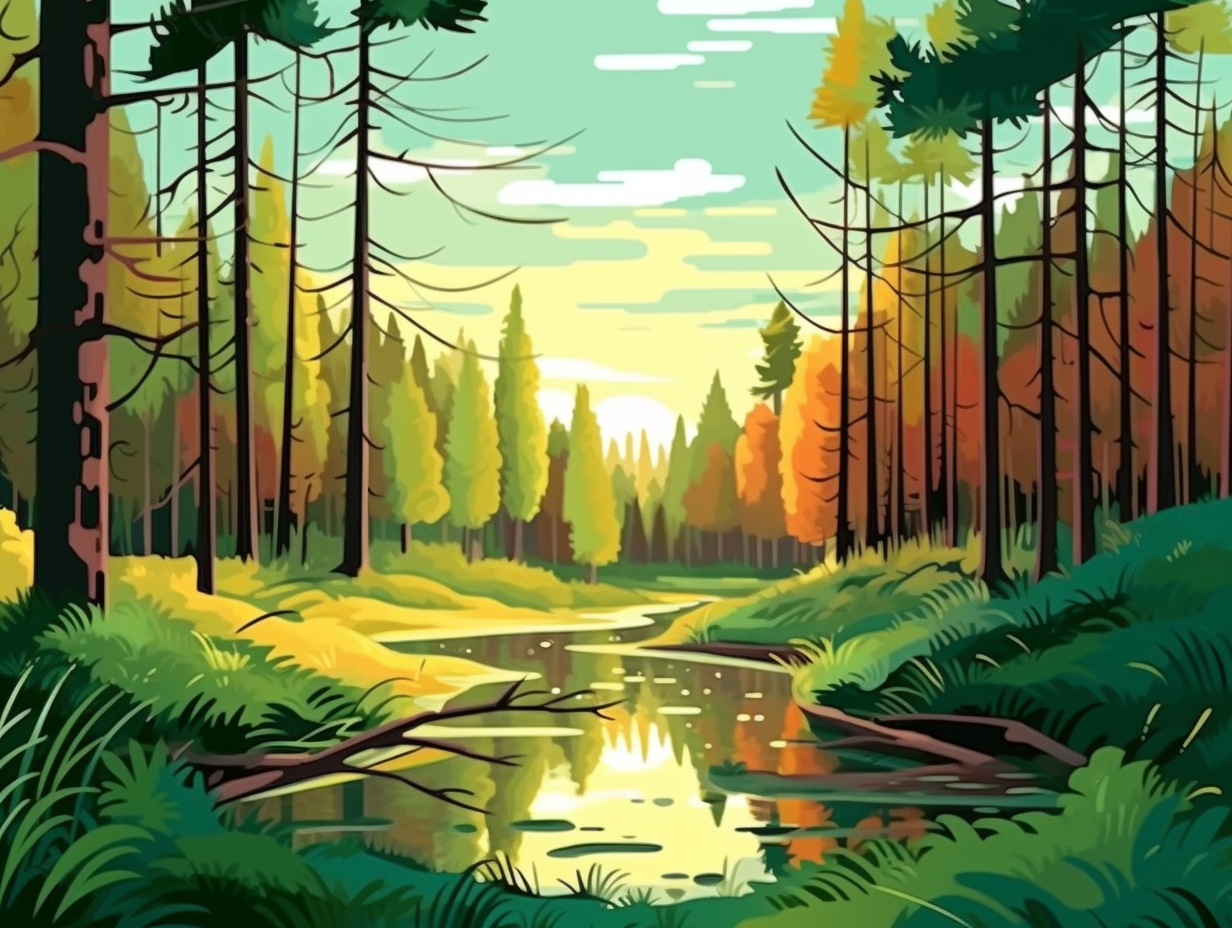
1. Bristlecone Pines: The Ageless Trees
Whoever said age is just a number clearly never met the bristlecone pines, the old-timers of the coniferous forest, whiling away millennia like it's nobody's business: These ancient beauties not only sprout an impressive résumé with the title of "world's oldest living trees," but also boast a never-say-die attitude, thanks to their innate abilities to grow slowly and produce defensive compounds in the face of extreme temperatures, elevation, and varying pH levels. Among them is "Methuselah," a Californian resident with over 4,800 years of tree-mendous experience, verified by none other than the University of Arizona's Laboratory of Tree-Ring Research.
Source => usatoday.com
2. Carbon Valets of the Atmosphere
Did you ever think of coniferous forests as nature's carbon valets, diligently parking excess carbon away, ensuring a balanced atmosphere? Well, you should: Coniferous forests are exceptional at storing massive amounts of carbon due to their extensive biomass and lengthy lifespans, playing a vital role in combating climate change.
Source => museum.state.il.us

Did you know the taiga holds the Northern Hemisphere's coldest recorded temperature and covers 29% of the world's forest area? Get ready to explore this icy wonderland!
=> Fun Facts about The-Taiga
3. Nematodes: Tiny Forest Magicians
Step aside, Gandalf and your band of hobbits, for there's another set of tiny heroes working their magic in the realm of coniferous forests: meet the nematodes, minuscule soil-dwellers responsible for decomposing dead organic matter, breaking down nutrients, and contributing to the overall health of the forest ecosystem. Behold the power of these unassuming creatures!
Source => conserve-energy-future.com
4. Pine Cones: Forest Partygoers
Don't pine for your favorite herbs in a coniferous forest, as they simply throw some serious shade: Allelopathy in Pine trees limits the growth of nearby herbaceous species by releasing chemicals such as caffeic acid, chlorogenic acid, quercetin, and condensed tannins.
Source => pubmed.ncbi.nlm.nih.gov

5. Petit Pygmy Pine: New Zealand's Mini Marvel
If ever there was a real-life 'Honey, I Shrunk the Trees!' situation, it's happening in New Zealand: The world's smallest conifer resides there, the pygmy pine, maturing at a fascinatingly minuscule 3 inches (8 centimeters) tall – a testament to the diverse wonders of the coniferous forest biome.
Source => kids.britannica.com
6. Pine Trees' Allelopathic Shade Throwers
Even the intricate world of coniferous forests can't escape the whimsical shenanigans of an exclusive and highly secretive club: the Pine Cone Partygoers – filled with creatures like the pine marten, spotted owl, crossbill birds, and slipper jack boletes. Fueled by a passion for conifers and their swanky, needle-covered dance floors, they've evolved special skills and tricks to become the veritable life of the party: In reality, these unique animals and plants have adapted and evolved specifically to thrive in the coniferous forests, forming an incredible ecosystem alongside the world's tallest, largest, and oldest trees, such as the coastal redwoods and giant sequoias.
Source => untamedscience.com
7. Pine Needles: No Acid Trips Here
Pine trees may needle you for thinking otherwise, but they're not responsible for any acid trips in the forest: In reality, pine needles are only mildly acidic and don't significantly alter the soil pH, as the acidity in coniferous forests is determined by natural conditions like climate and soil drainage, with decomposing organisms neutralizing the needles as they break down.
Source => extension.unh.edu
8. Coniferous Forest: Nature's Judo Fortress
Behold, the mighty conifers, nature's fascinating fortress of leaves and branches! Having mastered the art of self-defense, they come replete with a multi-tiered, judo-chopping arsenal to protect their phloem and vascular cambium from unwanted intruders: Armed with constitutive defenses (fixed cost) and inducible defenses (costly, adaptive responses), conifers employ both mechanical and chemical measures in their strategy—but alas, contrary to popular belief, they cannot build a wall around damaged areas like a medieval castle to keep the rest of the tree safe from bugs or diseases.
Source => nph.onlinelibrary.wiley.com
9. Sticky Resin: Conifers' Leak-proof Defense
When coniferous trees auditioned for their role in the forest, they aced the "sticky situation" challenge: Conifers like pines, spruce, and firs secrete a gummy resin when their trunks are wounded, which hardens as turpentine evaporates, leaving a protective seal and giving these trees the ultimate leak-proof defense mechanism.
Source => asknature.org
Related Fun Facts


